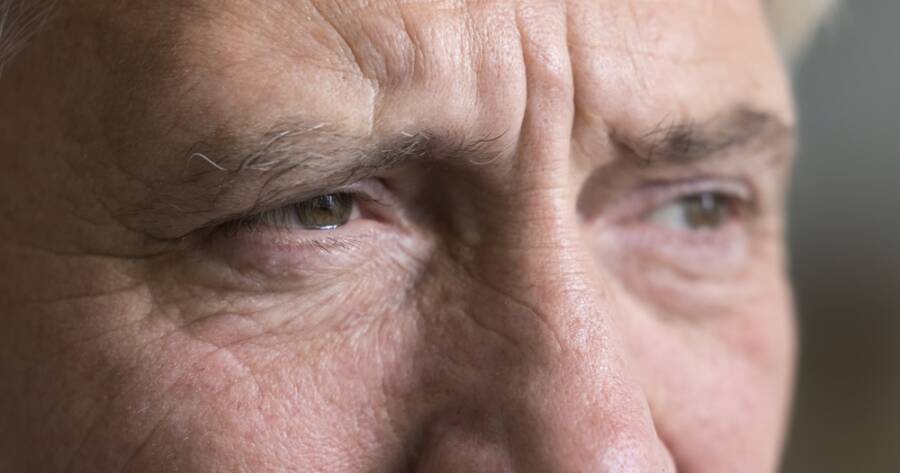Eylea, a medication featuring aflibercept as its active substance, plays a significant role in managing eye conditions such as wet age-related macular degeneration, diabetic macular edema, and myopic choroidal neovascularisation. With its ability to inhibit abnormal blood vessel growth, Eylea offers hope for slowing vision loss. Explore Eylea’s administration, comparisons to similar treatments, and key patient considerations.
Eylea: A Key Player in Eye Care Treatments
Eylea, also known by its active substance aflibercept, plays a crucial role in managing various eye conditions, including wet age-related macular degeneration (AMD), diabetic macular edema (DME), and myopic choroidal neovascularisation. This medication works by inhibiting vascular endothelial growth factor A (VEGF-A), a chemical responsible for abnormal blood vessel growth in the eye.
By reducing leakage and swelling, it effectively slows down the progression of vision loss associated with these eye diseases. Eylea has been administered to millions globally, significantly altering the landscape of retinal disease treatment through its innovative approach to eye care.
Safety and Efficacy Concerns
When it comes to safety, Eylea’s profile includes a range of side effects, from mild to rare but serious. Common side effects involve eye floaters, blurry vision, increased eye pressure, and watery eyes. These typically resolve on their own. However, serious complications such as retinal detachment, endophthalmitis, and increased risk of cardiovascular events, although rare, necessitate immediate medical attention.
Importantly, the safety of Eylea during pregnancy or breastfeeding remains uncertain, urging discussions between patients and healthcare providers to weigh potential risks. Despite these concerns, Eylea has undergone robust clinical trials like the PULSAR and PHOTON studies, demonstrating non-inferior efficacy with extended dosing intervals, highlighting its viable long-term treatment plans.
How Eylea is Administered
Eylea is typically administered through an injection directly into the eye, which is conducted on an outpatient basis. Before the procedure, the eye is numbed to minimize discomfort.
These injections might be required over several months, depending on the progression of the condition being treated. Monitoring is essential after each treatment to prevent complications such as increased intraocular pressure and to ensure the overall well-being of the eye.
Comparison with Similar Treatments
Eylea is often compared to other treatments like Avastin and Lucentis, which also target VEGF to manage eye conditions. While Avastin, initially a cancer treatment, has proved effective in eye care, Eylea offers a more focused approach with its dedicated formulation for eye conditions. Furthermore, EYLEA HD, a more concentrated dose formulation, has emerged as a beneficial option for patients requiring less frequent injections, providing a new frontier for treatment efficiency.
Patient Considerations and Recommendations
Patients should have in-depth discussions with ophthalmologists to understand the full scope of Eylea’s benefits and risks. It is important to report any side effects encountered during treatment to healthcare providers promptly.
For those with pre-existing conditions like ocular infections, blood clots, or severe allergies, confirming Eylea’s suitability is crucial. The support system, like Regeneron’s EYLEA 4U, helps patients navigate insurance and financial considerations, potentially easing the economic burden associated with retinal treatments.
Why You Should Learn More About Eylea for Eye Care Today
Understanding Eylea’s role in eye care is pivotal for patients dealing with eye conditions like wet AMD and DME. The drug offers promising solutions that are supported by extensive clinical research, emphasizing its efficacy in retinal disease management. By familiarizing with its benefits and potential risks, patients and caregivers can make informed decisions about treatment options.
With ongoing advancements and support from healthcare providers, Eylea continues to not only address immediate vision concerns but also improve long-term eye health. Staying informed allows individuals to better navigate the complexities of eye care and actively participate in their treatment journey.
